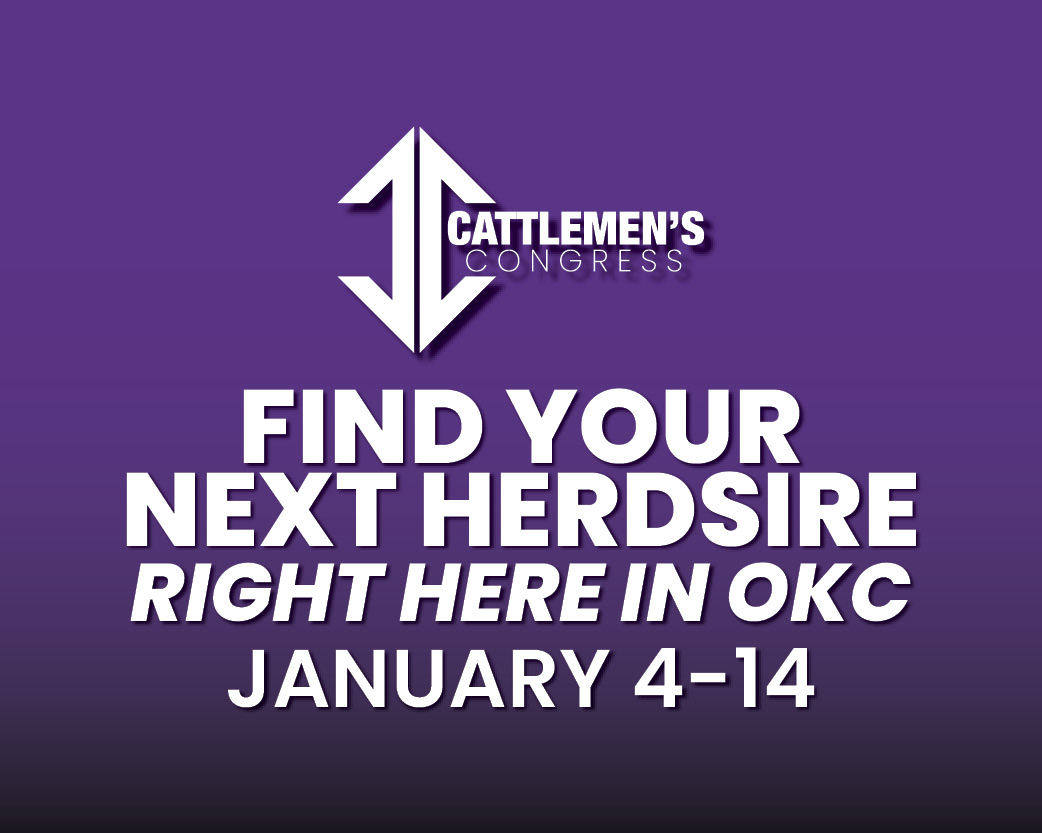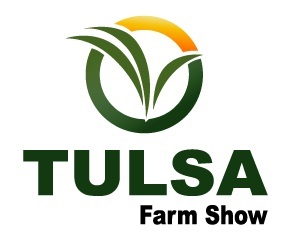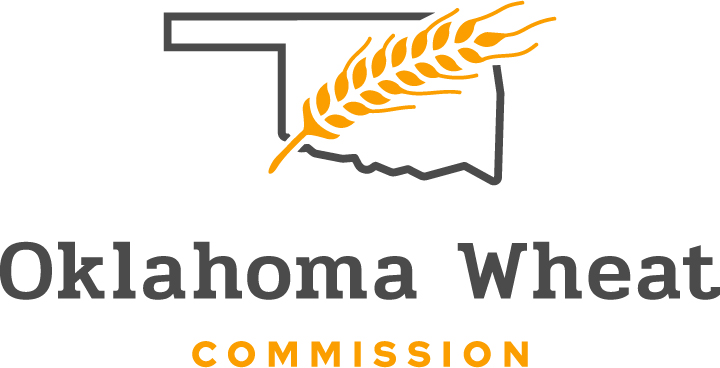
Agricultural News
Gathering Agricultural Statistics Important For Everyone Says Joe Prusaki, NASS
Thu, 03 Dec 2020 09:13:39 CST
Some people may consider statistics boring but Joe Prusaki, director of the National Agricultural Statistics Service (NASS) operations division, said they provide a snapshot at any given time what is happening with food and fiber production in this country. Plus, a whole lot more.
Prusaki was recently interviewed by Radio Oklahoma Agriculture Network Associate Farm Director and Editor KC Sheperd.
NASS is a small agency with fewer than 1,000 employees within the USDA, he said.
We're the folks who provide crop production statistics, Prusaki said.
We get information from FSA and satellite images to determine planted acres, he noted.
He added NASS also provides monthly and quarterly livestock surveys for inventory, cattle on feed and grains stocks.
From fruits and nuts in California to eggs in Iowa, we do a lot of different agricultural statistics as a service to agriculture, he said.
The NASS official specifically mentioned several surveys of interest to Oklahoma producers.
They are currently working in conjunction with Oklahoma State University on a land lease and rental rate survey.
This provides more detail and information than a standard survey, Prusaki said.
That's important so we can give Oklahoma producers more information to make better decisions if they are trying to enter into an agreement with a landlord, he said.
Another example would be the wheat variety survey for Oklahoma producers.
We call those external project agreements because that is something outside our normal programs, he said.
He said they work with sponsors or a cooperating partner like OSU or Oklahoma Wheat Growers Association.
He related the story about a pet food manufacturer that wanted NASS to survey a segment of corn production to determine aflatoxin and its origin, but they did not want to share it with others.
They were trying to get us to do market research so they could locate a "clean" source for pet food. We cannot do that, he said.
Pruskai noted NASS efforts don't always provide instant gratification.
We live in a society that wants instant gratification and how is this going to help me, he said.
Survey results don't always provide immediate benefits, he said.
For example, a survey of grain stocks could later be used to help determine a trade agreement.
You cannot sell more than you produce, he said.
The national agricultural survey conducted every five years is another example of how NASS efforts provide long term benefits.
The survey might show small farms expanding in an area so businesses may want to target those producers, he said.
If a certain commodity is struggling than we may need to change certain policies for that commodity, Prusaki said.
Not everyone is aware of the vast amount of data provided by NASS and Pruskai noted every state has a state statistician available to explain programs for the producers.
For Oklahoma, Troy Marshall is the state statistician.
Click on the listen bar below to hear more of KC's interview with Joe Prusaki.
WebReadyTM Powered by WireReady® NSI
Top Agricultural News
More Headlines...





